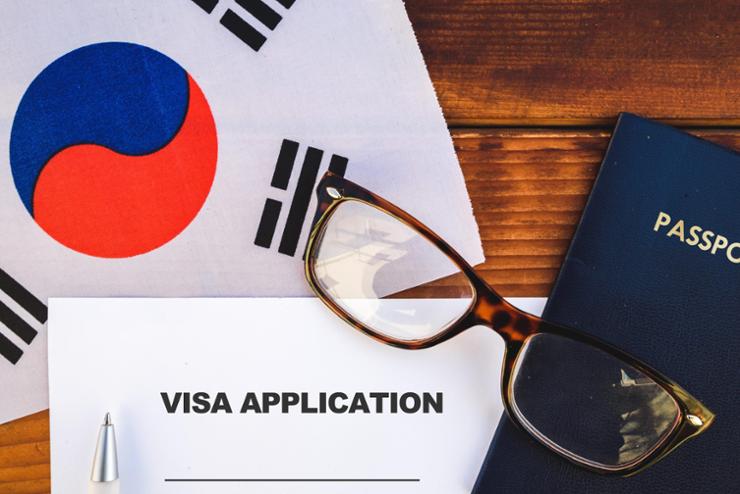Long-Lost Siblings Reunite After 45 Years Thanks to DNA Registration Program
In a heartwarming reunion, two siblings who were separated 45 years ago have finally met again, thanks to the DNA registration program implemented by the police. On May 25, the Yeonje Police Station in Busan announced that A (48), who resides in Seoul, and her brother B (51), living in Busan, were reunited after decades apart.
According to police reports, A was just three years old in 1981 when she became separated from her family while dining at a Chinese restaurant in Busan. After being lost, she was placed in a child protection facility. Her family searched tirelessly for her but ultimately had to declare her missing. Tragically, their father passed away in 2008 without ever being reunited with his beloved daughter.
As an adult, A grew up in the facility and eventually became independent. In 2009, she applied for a DNA test at the Busan Nambu Police Station, hoping to find her family. After years without news, she moved to Seoul in 2016 for work.
Meanwhile, B was also searching for his lost sister. In May 2023, he visited the Yeonje Police Station for assistance and, upon the police's recommendation, underwent a DNA test through the Child Rights Protection Agency.
The results revealed a match with A, who had been tested 16 years earlier. In March 2025, the police collected A's DNA again and collaborated with the National Forensic Service to confirm that they were indeed siblings who had been separated at birth.
The emotional reunion took place at the Yeonje Police Station, where both siblings expressed their disbelief and joy at finally meeting after 45 years of longing. A stated, "It feels like a dream to finally meet the family I have missed for so long," and expressed gratitude to the police for their help.
The police congratulated the family on their reunion and reaffirmed their commitment to delivering positive news to the public. The DNA registration program, which has been in place since 2004, aims to help locate long-term missing persons by matching the DNA of unidentified or missing children with that of their searching relatives.
What do you think?
0 reactions





